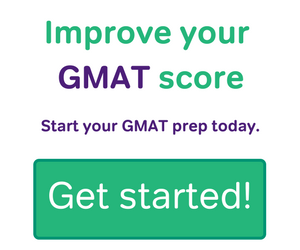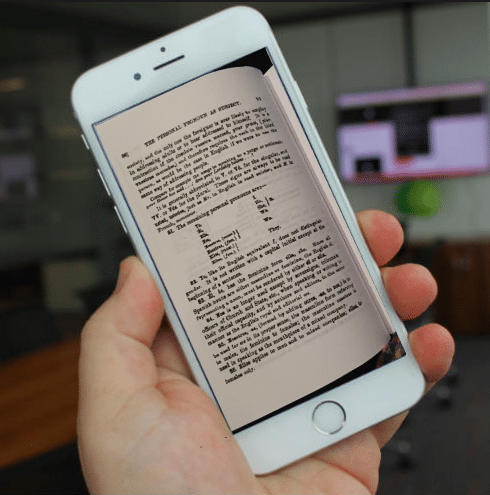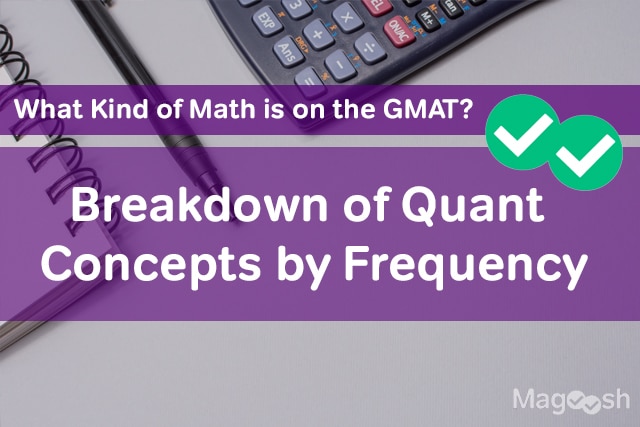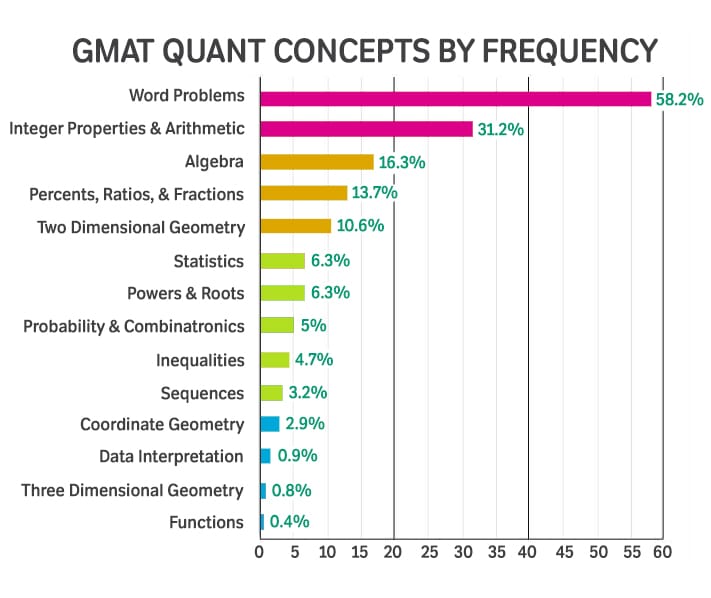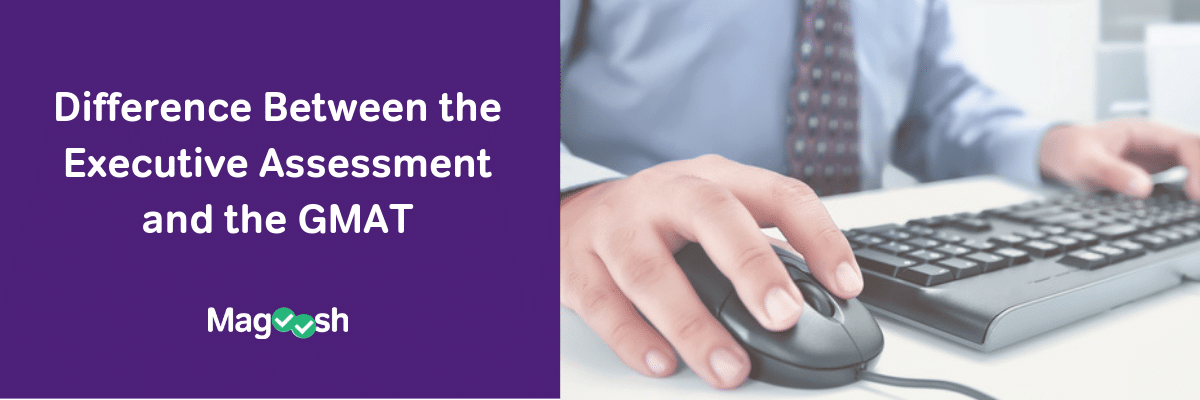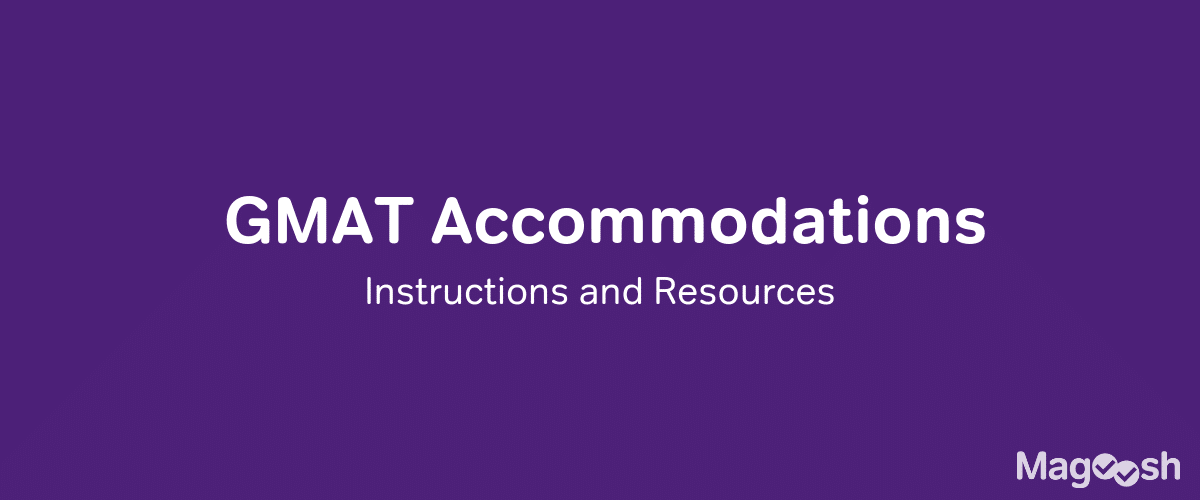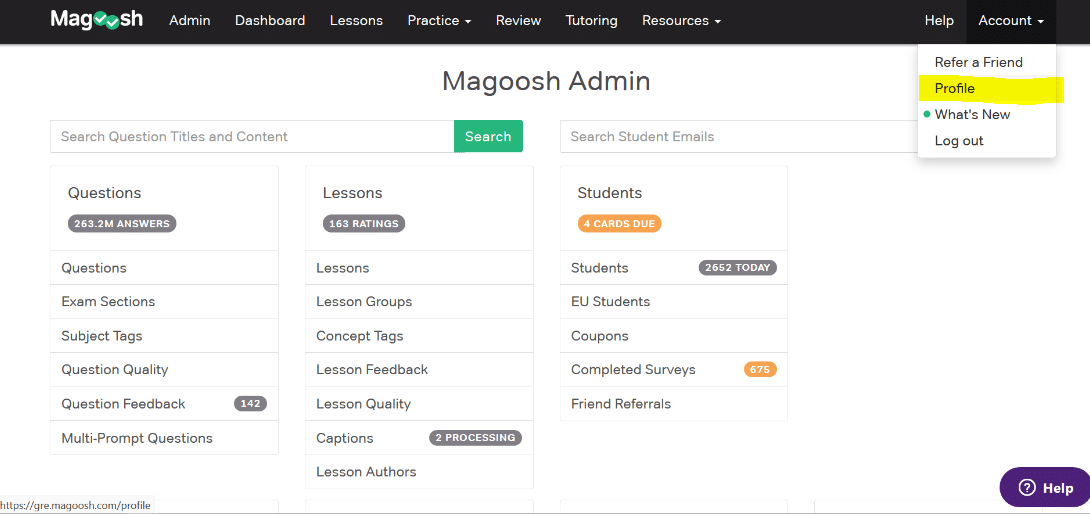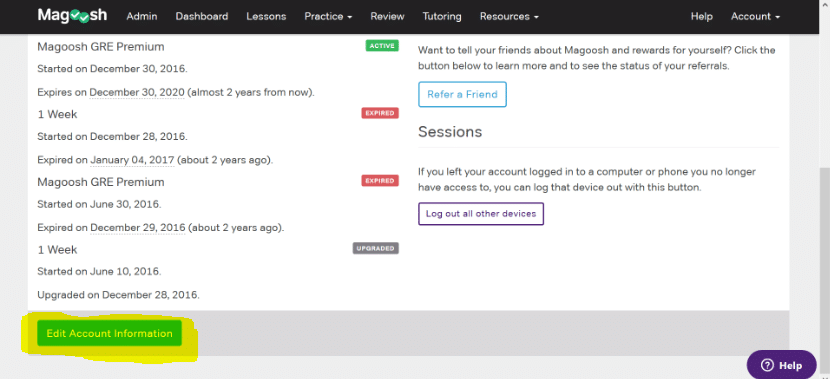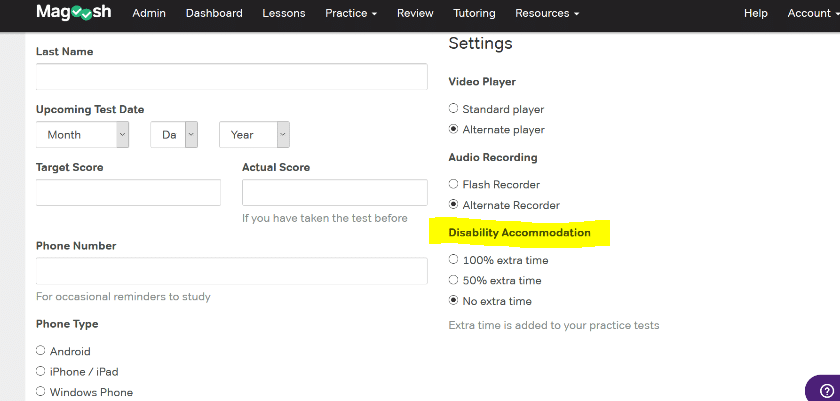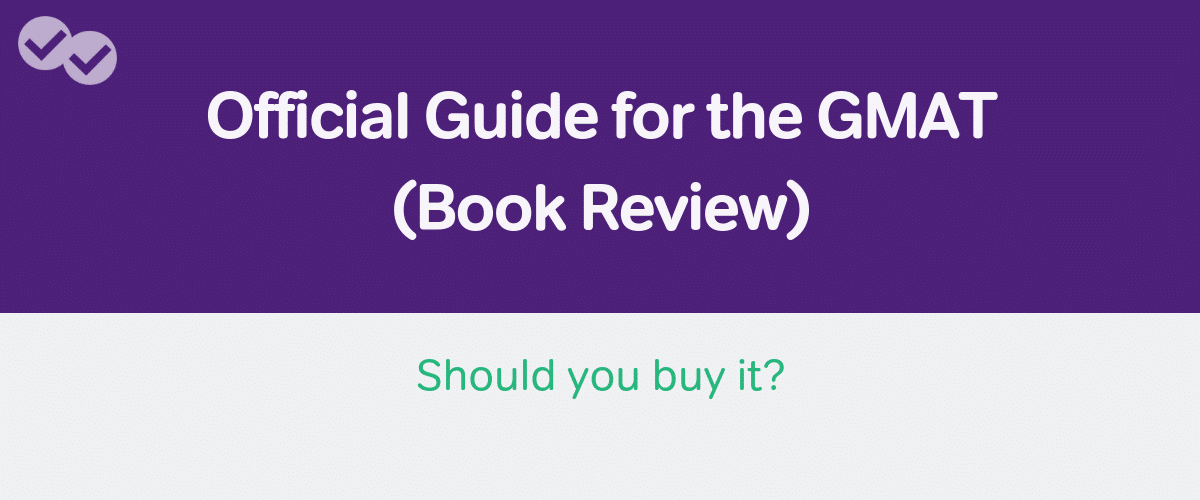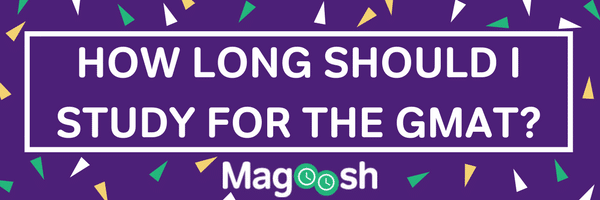Events & Promotions
|
|

GMAT Club Daily Prep
Thank you for using the timer - this advanced tool can estimate your performance and suggest more practice questions. We have subscribed you to Daily Prep Questions via email.
Customized
for You
Track
Your Progress
Practice
Pays
Not interested in getting valuable practice questions and articles delivered to your email? No problem, unsubscribe here.
- Nov 20
07:30 AM PST
-08:30 AM PST
Learn what truly sets the UC Riverside MBA apart and how it helps in your professional growth - Nov 22
11:00 AM IST
-01:00 PM IST
Do RC/MSR passages scare you? e-GMAT is conducting a masterclass to help you learn – Learn effective reading strategies Tackle difficult RC & MSR with confidence Excel in timed test environment - Nov 23
11:00 AM IST
-01:00 PM IST
Attend this free GMAT Algebra Webinar and learn how to master the most challenging Inequalities and Absolute Value problems with ease. - Nov 25
10:00 AM EST
-11:00 AM EST
Prefer video-based learning? The Target Test Prep OnDemand course is a one-of-a-kind video masterclass featuring 400 hours of lecture-style teaching by Scott Woodbury-Stewart, founder of Target Test Prep and one of the most accomplished GMAT instructors.
Kudos
Bookmarks
| FROM Magoosh Blog: What Should You Do If You Belong to an Overrepresented MBA Applicant Group? |
 I recently received a question – or more of a complaint – from a client who was concerned with his status as an Indian male working in IT. This individual was considering changing his location on his application – he was born, raised, and still lived in India, but his family had lived in Zurich for four years, starting when he was six, and he wanted to focus on that. And he wanted to highlight his job as a restaurant manager, rather than his extensive experience and education in IT. At Accepted, we get questions like this all the time, so I thought it would be appropriate to post the answer that I gave this particular young man. B-schools have been known to “group” applicants by ethnic, gender, and professional categories for administrative purposes, but that certainly does not mean that they are accepting and rejecting candidates based solely on those labels and groupings. Moving beyond labels – if you can do it, so can the adcom The purpose of the admissions process is to allow the admissions committee an opportunity to get to know you as an individual – beyond labels. It’s your job to show the adcom that you are not simply another face in the crowd of Indian (or American, for that matter) IT males, but that you are a unique, category-less group of ONE. You are not Indian, not American, not Indian-American, not IT, and not male; you are YOU. Don’t get hung up on the group or the label. Instead focus on ways you can draw out your individuality. It is true that you will need to work on this harder than, say, an entrepreneurial woman from a village in the Himalayas, but that’s not to say it can’t be done. Come to life with a strong, passionate essay We explain to our clients that their goal is to craft killer essays. Similarly, you must write essays that come alive with your personality, your diverse interests and talents, and your not-to-be-overlooked strengths and passions. Those kinds of essays prove that your candidacy is equal in competitiveness to our Himalayan applicant. That was my response to our Indian IT male friend, but it can be applied to anyone who is getting bogged down in the labels and losing focus on the process of individuating. Think about what sets you apart from your group. Highlight your uniqueness Highlight your uniqueness in your essays, and the adcoms will get a clear look at how you – not your group – will contribute to your chosen MBA program or profession. Last but not least, don’t stress. Just because you are an Indian IT guy (or a member of some other common subgroup in the applicant pool), doesn’t mean that you don’t possess other unique qualities that will make you an attractive candidate at top b-schools. You are unique, whether you realize it or not, and our expert admissions consultants can help you identify your individuality and highlight it in your applications. Check out our MBA Admissions Consulting Services to learn how we can help you stand out from the crowd and get accepted to business school! This article was originally posted on Accepted Admissions Blog. The post What Should You Do If You Belong to an Overrepresented MBA Applicant Group? appeared first on Magoosh GMAT Blog. |
This Blog post was imported into the forum automatically. We hope you found it helpful. Please use the Kudos button if you did, or please PM/DM me if you found it disruptive and I will take care of it.
-BB
Kudos
Bookmarks
| FROM Magoosh Blog: GMAT Score for UCLA Anderson School of Management |
The UCLA Anderson School of Management offers four MBA programs: a full-time MBA, a fully-employed MBA, an Executive MBA, and a Global Executive MBA. Below, we’ll be examining their most popular degree, the full-time UCLA MBA, including information on the curriculum, the application process, and the average GMAT score for UCLA’s prestigious program. Photo by Downtowngal UCLA Anderson MBA Curriculum UCLA Anderson MBA students will begin their studies with a nine-course core curriculum based upon statistics, accounting, economics, marketing, finance, organizational behavior, and leadership classes. At the end of the first year, students will begin taking elective courses, allowing for career specializations in areas like brand management, entertainment, entrepreneurship, health care management, real estate, sustainability leadership, and others. Second year students will also complete a capstone project, which focuses on applying MBA knowledge to the real world. While there are six capstone options available, there are two that are most common:
The UCLA Anderson School accepts applications in three rounds throughout the year. Exact dates vary year to year, but the Round 1 deadline is typically in early October, Round 2 in early January, and Round 3 in mid-April. MBA UCLA applicants will be expected to fulfill the following requirements:
The average GMAT score for UCLA Anderson School students is 716. The GMAT score range for the middle 80% of students is 680-750. The average GPA is 3.5. Suffice to say, Anderson students are an academically robust cohort. The average graduating class size is 360. Students have an average 5 years of work experience. Tuition alone is about $56,909 per year for California residents, and $58,588 for non-residents. The estimated annual total tuition and fees (including room/board, travel, student health plan, etc.) comes to $95,431 for California residents, and $97,110 for non-residents. UCLA MBA Ranking The UCLA Anderson School regularly ranks within the top 25 U.S. programs, and top 40 international programs, making it quite prestigious. UCLA Anderson U.S. Rankings Bloomberg19th Economist6th U.S. News15th Forbes15th UCLA Anderson International Rankings Economist6th Financial Times32nd GMAT Score UCLA Summary Four out of five Anderson School students have GMAT scores between the 84th and 99th percentile, so you’ll need to sharpen your test-taking skills to give yourself the best chance at admission. If you’re determined to take the GMAT for your UCLA Anderson MBA, you can begin the process by following these four simple steps:
|
This Blog post was imported into the forum automatically. We hope you found it helpful. Please use the Kudos button if you did, or please PM/DM me if you found it disruptive and I will take care of it.
-BB
Kudos
Bookmarks
| FROM Magoosh Blog: Yale School of Management GMAT Score |
The Yale School of Management (SOM) is an elite department at one of the United States’ oldest universities. Below, we’ll take a closer look at Yale’s MBA program, including information on the curriculum, application process, and the average Yale School of Management GMAT score. Photo by Checkmate24 Yale School of Management Curriculum Yale’s unique “integrated curriculum” prepares students for multi-faceted roles within an organization by focusing on how areas like marketing, strategy, accounting, and finance are all connected to one another. First year students can expect to study not only the individual functions of different business roles, but also the intersections and overlap between these specializations. In their second semester, Yale students will begin taking elective courses to develop a specific expertise in a field of their choosing. Students are even welcome to take courses from Yale departments outside the SOM. All Yale SOM students must also fulfill a global studies requirement, which involves international study and/or travel. Yale MBA Application The Yale School of Management accepts applications in three rounds throughout the year. The round 1 deadline is in September, round 2 in January, and round 3 in April. SOM applicants will need to fulfill the following requirements:
Yale MBA Rankings Since Yale began offering MBAs in 1999, the department has quickly grown to one of the most prestigious in the world. The Yale School of Management is regularly ranked within the top 15 programs of the United States, and top 20 programs internationally. See selected rankings below: Yale MBA U.S. Rankings Bloomberg16th The Economist11th U.S. News9th Forbes13th Yale MBA International Rankings The Economist11th Financial Times15th Yale GMAT Score and Stats The SOM student cohort represents an academically renowned community. The median Yale School of Management GMAT score for admitted applicants is 730. The Yale GMAT score range for the middle 80% is 690-760. The median GPA is 3.69. Combined with a 17% acceptance rate, these stats make the Yale SOM quite competitive. Total tuition and fees come to $66,650 per year. Yale also recommends students budget around $22,000 for room and board, $1,000 for textbooks and supplies, and $2,490 if university health insurance is needed. Because the average admitted student has a Yale GMAT score in the 96th percentile, you’ll need to become very comfortable with the exam to give yourself the best shot at admission. If you’re determined to take the exam and earn a Yale GMAT score, you can begin the process by following these four simple steps:
|
This Blog post was imported into the forum automatically. We hope you found it helpful. Please use the Kudos button if you did, or please PM/DM me if you found it disruptive and I will take care of it.
-BB





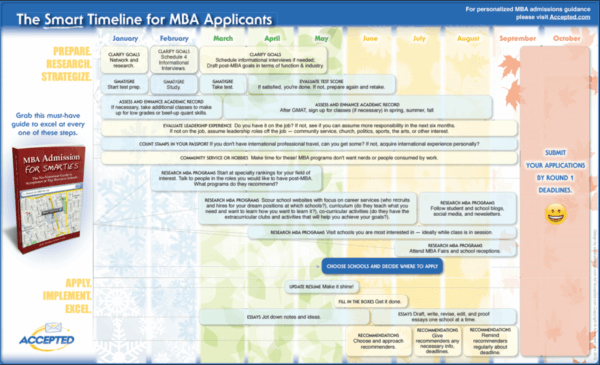 Click here to view full size
Click here to view full size
